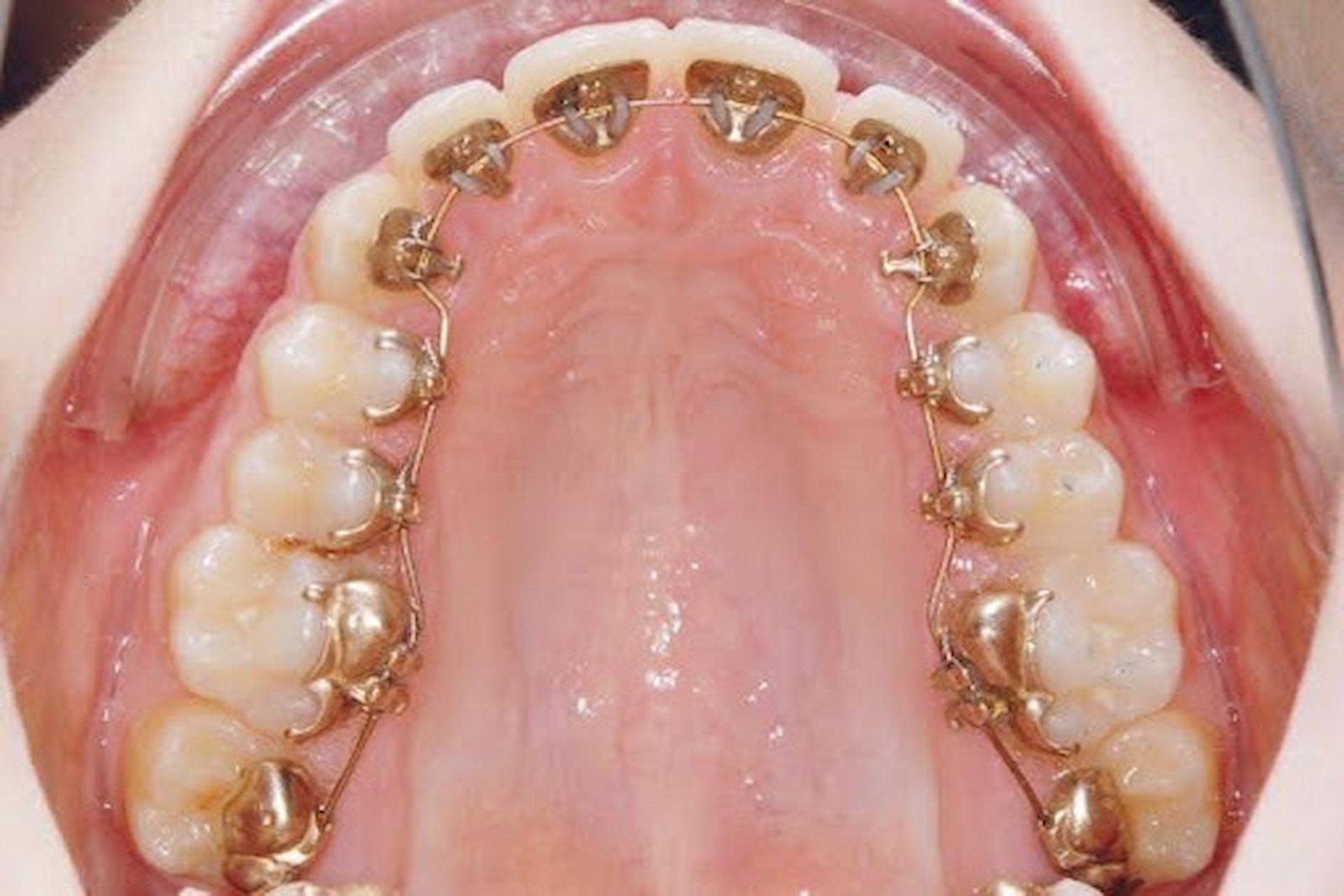When your dentists identify early signs of infection during oral examinations, one of the recommended restorative options is root canal therapy. During this treatment method, your dentist makes a small hole in your teeth to access the damaged parts, remove all infections, and save your natural teeth. Although, this top-notch dentistry solution brings numerous benefits, they may lead to some potential risks and complications. Therefore, patients need to be aware of potential side effects associated with root canal therapy before the beginning of their treatments. In this comprehensive guide, we will delve into all essential aspects of root canal therapy and the potential side effects that individuals may encounter during or after the procedure.
When Is This Procedure Required?
Your dentist recommends endodontic treatment when they ensure dental infection reaches to the inner parts of your teeth where the pulp, blood vessels, and nerves are located. As a top endodontist in Toronto, teeth infection may occur due to various reasons, including:
- Teeth decay and cavities
- Untreated teeth fractures
- Poor oral hygiene
- Genetic factors
Although your highly skilled dentist is the only one who can determine if root canal therapy is required, we provide you with some common signs that can indicate you need the help of endodontists as fast as possible:
Severe & Persistent Toothache
Intense and persistent toothache, especially when chewing or applying pressure, can be a sign of pulp infection.
Prolonged Tooth Sensitivity
Don’t neglect to visit an endodontist once you notice a certain tooth becomes overly sensitive to hot or cold temperatures. It can be an alarming sign that necessitates root canal treatment.
Darkening or Discoloration
In some cases, the infected tooth looks darker than other adjacent teeth. Therefore, it is highly recommended to contact a professional root canal specialist as soon as you notice one of your teeth looks discolored.
X-ray Findings
In some cases, teeth infection has no obvious symptoms and your dentists can identify them using diagnostic tools like x-rays. Therefore, those who attend routine dental check-ups have healthier teeth and are less prone to experience severe dental issues like tooth infections.
Common Side Effects Associated with Endodontic Process
Although this top-end restorative method can successfully preserve your natural teeth, it may cause some risks. In the following part, we provide a list of common issues people face during or after root canal treatments.
Sensitivity and Discomfort
Experiencing some tooth sensitivity is normal following a root canal process. There’s no reason to be worry because this condition can be easily managed with certain medication prescribed by your dentist.
Pain & Inflammation
Some rare cases experience mild swelling, pain, and inflammation around the treated tooth or in the surrounding gums. This issue can be alleviated on its own a few days after your treatment.
Post-treatment Infection
If your dentist doesn’t remove all infected parts, the possibility of post-treatment infection may increase. Prompt communication with the dentist can help address any concerns and ensure timely intervention.
Nerve Damage
Although rare, nerve damage may occur during root canal therapy. This may lead to prolonged numbness or tingling in the affected area.





